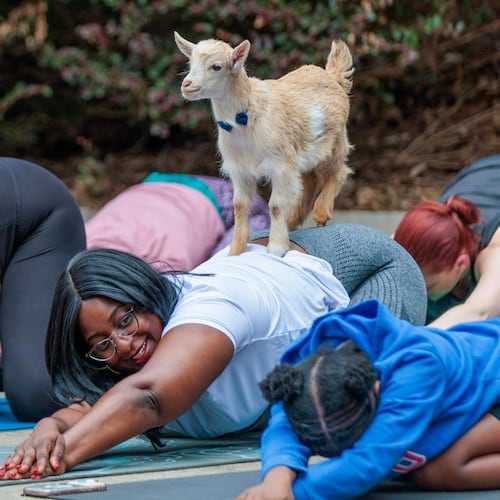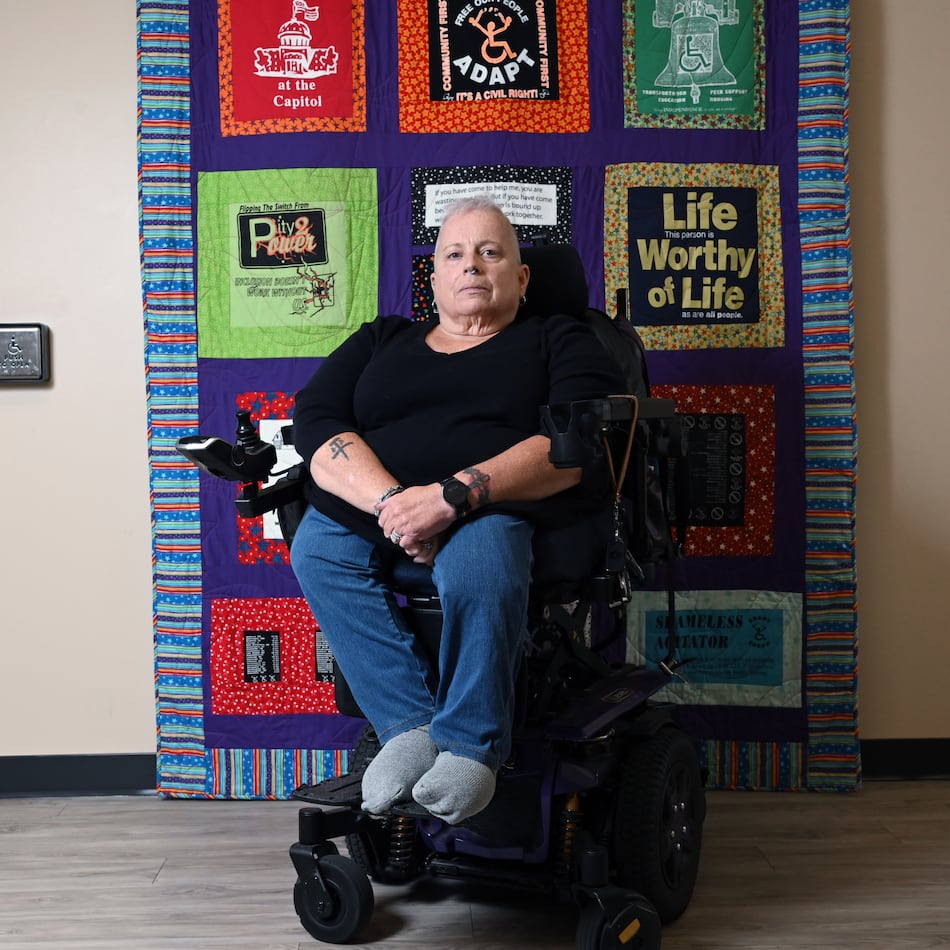When Jayden Niblett wakes up each morning, his mind goes to what he can wear to impress his friends.
It often leads to annoyance. Jayden, 11, who has Down syndrome, struggles to find clothes that fit his particular body type and are accommodating of his motor deficits, an issue that people with physical disabilities face every day in a world where fashion is built on single-size body standards.
“It’s really frustrating for him,” said Janet Littleton, Jayden’s grandmother. “It absolutely affects his mood and how his whole day is going to go.”
People with Down syndrome have shorter limbs, rounder bodies, and common sensitivities to tags and fabrics, which make it difficult to find everyday clothes, like jeans, that fit them and feel good.
So they’re participating in a research study at the University of Delaware’s Innovation, Health and Design Lab to generate the country’s first size guide for people with Down syndrome. The lab’s mission is to provide a whole community with access to outfits that help them function with more independence and confidence.
The lab uses a three-dimensional scanner that scans participants’ bodies and creates an avatar with exact measurements of their size and shape. The company that created the machine will take the measurements, create a size guide, and sell the guide to companies, which will be able to design clothing based on accurate measurements for this population of people.
About the Author
Keep Reading
The Latest
Featured


